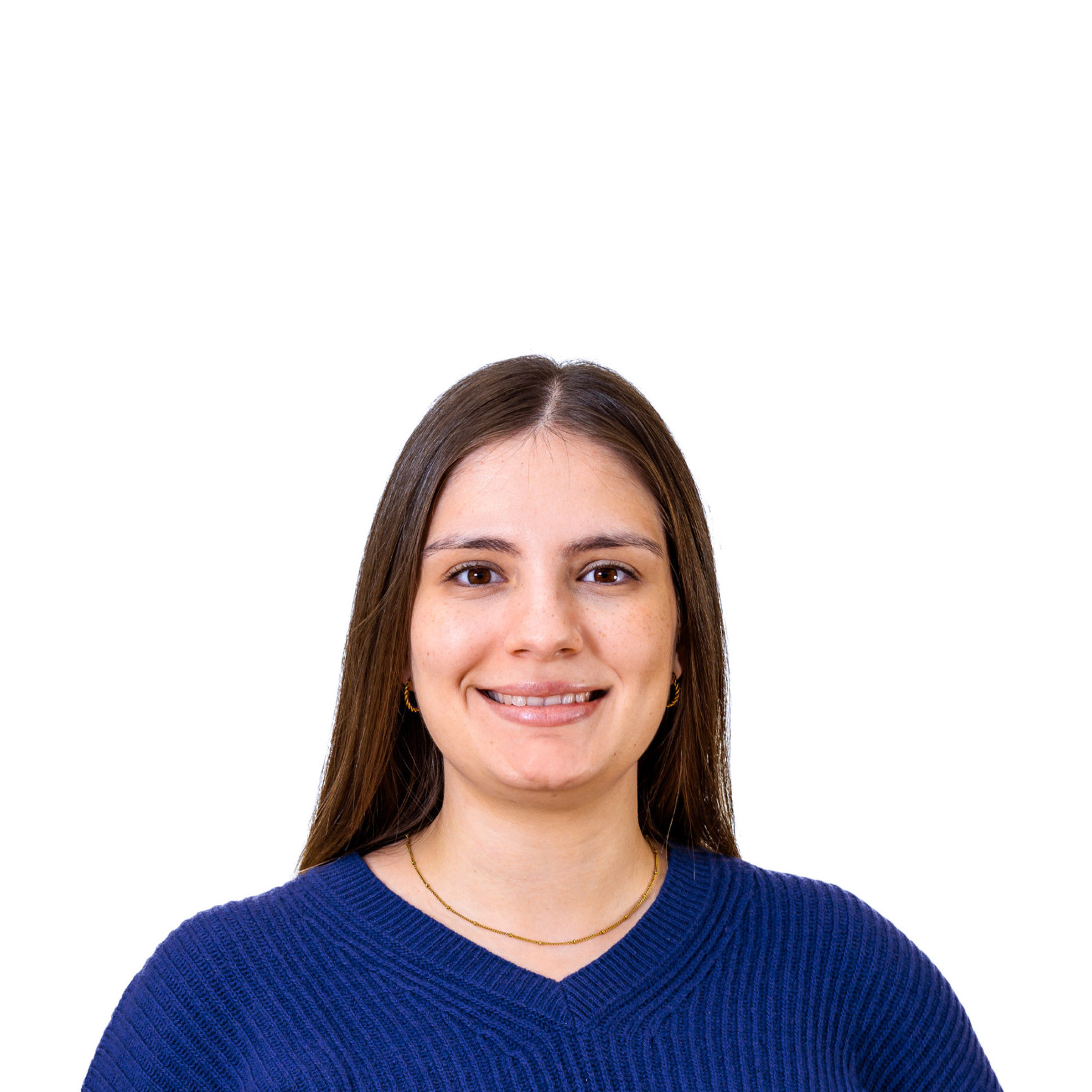Group leader: Dr. Patrick Kemmeren
Mechanisms of genetic interactions in pediatric cancer
Cancers arise and progress through the acquirement of combinations of mutations. Genetic interactions are specific combinations of mutations that have unpredictable phenotypic consequences. Thorough understanding of genetic interactions, their underlying mechanisms and relation to pediatric cancer is crucial for deciphering cancer predisposition, onset and progression as well as for developing precision medicine approaches. Two genetic interaction types are of particular importance for cancer. Detailed understanding of cooperative interactions will aid in elucidating general principles governing cancer onset and progression. Understanding mutually exclusive interactions is pivotal for developing more effective cancer drugs. We investigate the role of genetic interactions and their contribution to different pediatric cancers. We focus on cooperative and mutually exclusive interactions between genes, pathways and processes altered in pediatric cancers as exhibited in cancer genomes of patients. We also include common variants associated with pediatric cancer and propose mechanistic models for cooperative and mutually exclusive interactions using a combination of bioinformatics, systems biology and wet-lab follow up verification and validation experiments.
Contribution of structural variation in pediatric cancer
Structural variants (SVs) and in particular gene-fusions are important for prognosis and diagnosis of pediatric cancer, can drive tumorigenesis and serve as therapeutic targets. While targeted assays provide a fast and cost-effective way to detect gene-fusions, they are limited to known breakpoints or partner genes. Instead, we leverage RNA-seq and whole genome sequencing (WGS) to detect clinically relevant gene fusions and other types of SVs and copy number alterations (CNAs). By combining RNA-seq and WGS, we investigate the contribution of SVs in pediatric cancer and study their underlying mechanisms, effect on cancer biology and potential use for diagnosis and treatment stratification. Combined analysis of SVs, CNAs and expression data is likely to aid in interpretation and infer potential effects. Through identification of potentially pathogenic SVs, we intend to elucidate disease mechanisms and identify novel therapeutic targets in patients lacking known driver mutations.
Classification of pediatric tumor (sub)types
Pediatric cancers types are usually diagnosed based on histopathological features. These cancer types however frequently display clinically heterogenous behavior. Improved classification of pediatric cancer subtypes can lead to targeted therapeutic strategies and ultimately lead to an increase in survival. For diagnostic purposes, DNA methylation profiling in addition to whole exome sequencing and RNA sequencing is used for brain and solid tumors. Together with the diagnostics laboratory (head Bas Tops), we develop DNA methylation and RNA-seq analyses pipelines for both diagnostic and research purposes to discover and predict distinct tumor subtypes for improved cancer treatment.
Big Data Core facility
The availability of a plethora of genomics technologies have drastically changed many life sciences, including cancer research, into a data-driven research field. Uniform and systematic access to these data and the underlying patient samples is essential for modern pediatric oncology research. Institute-wide coordination concerning data stewardship, data infrastructures and computational infrastructures is pivotal for making optimal use of data for pediatric cancer research and care. The Big Data Core facility consolidates these activities and performs bioinformatics analyses for the Máxima biobank and diagnostic laboratory. For more information, see the Big Data Core facility webpage.
Bioinformatics expertise core
The Bioinformatics expertise core consists of several bioinformaticians, computational scientists, bioinformatic analysts and data scientists that are part of the different research groups located within the Princess Máxima Center. Our aims are to create an expertise group of people all working in bioinformatics or systems biology, using a common set of rules and guidelines to facilitate code sharing and reuse as well as coordinating the core bioinformatics infrastructure needs for our research activities. This expertise core is coordinated by the Kemmeren group and includes bioinformaticians and computational biologists from many other research groups.
News
- A single genetic test for all children with cancer improves diagnosis and treatment
- New study maps out gene links in childhood cancer
Links
- Utrecht Bioinformatics Center
- Bioinformatics: an essential skill in modern life science research
- Netherlands Bioinformatics and Systems Biology research school
- Inaugural Associate Professor lecture
- The Dutch Comprehensive Childhood Cancer Commons (NL-4C): A national resource for tackling chidlhood cancer world-wide - NWO (2023-2028) - News Article
- Oncode-PACT: the Preclinical Accelerator for Cancer Treatmerns (National Growth Fund) - Oncode-PACT (2023-2031) - News article
- Accellerator for personalized childhood cancer drugs - Adessium Foundation (2023-2028)
- Biobank 2.0: international collaboration in the cloud - Adessium Foundation (2021-2023)
- Pediatric oncology biobank innovation system - Adessium Foundation (2018-2021)
- Cooperative and mutually exclusive genetic alterations in pediatric cancer - Dutch Cancer Society (2017-2021)
Trecode: A FAIR Eco-System for the Analysis and Archiving of Omics Data in a Combined Diagnostic and Research Setting. Kerstens HHD, Hehir-Kwa JY, van de Geer E, van Run C, Badloe S, Janse A, Baker-Hernandez J, de Vos S, van der Leest D, Verwiel ETP, Tops BBJ, Kemmeren P. BioMedInf. 2023 3(1), 1-16. DOI: 10.3390/biomedinformatics3010001
Molecular Characterization Reveals Subclasses of 1q Gain in Intermediate Risk Wilms Tumors.
van Belzen IAEM, van Tuil M, Badloe S, Strengman E, Janse A, Verwiel ETP, van der Leest DFM, de Vos S, Baker-Hernandez J, Groenendijk A, de Krijger R, Kerstens HHD, Drost J, van den Heuvel-Eibrink MM, Tops BBJ, Holstege FCP, Kemmeren P, Hehir-Kwa JY. Cancers (Basel). 2022 Oct 5; 14(19):4872. DOI: 10.3390/cancers14194872
Improved Gene Fusion Detection in Childhood Cancer Diagnostics Using RNA Sequencing. Hehir-Kwa JY, Koudijs MJ, Verwiel ETP, Kester LA, van Tuil M, Strengman E, Buijs A, Kranendonk MEG, Hiemcke-Jiwa LS, de Haas V, van de Geer E, de Leng W, van der Lugt J, Lijnzaad P, Holstege FCP, Kemmeren P, Tops BBJ. JCO Precis Oncol. 2022 Jan;6:e2000504. DOI: 10.1200/PO.20.00504
A systematic analysis of genetic interactions and their underlying biology in childhood cancer. Daub JT, Amini S, Kersjes DJE, Ma X, Jäger N, Zhang J, Pfister SM, Holstege FCP, Kemmeren P. Commun Biol. 2021 Oct 6;4(1):1139. DOI: 10.1038/s42003-021-02647-4
The ability of transcription factors to differentially regulate gene expression is a crucial component of the mechanism underlying inversion, a frequently observed genetic interaction pattern. Amini S, Jacobsen A, Ivanova O, Lijnzaad P, Heringa J, Holstege FCP, Feenstra KA, Kemmeren P. PLoS Comput Biol. 2019 May 13;15(5):e1007061. DOI: 10.1371/journal.pcbi.1007061
A high-resolution gene expression atlas of epistasis between gene-specific transcription factors exposes potential mechanisms for genetic interactions. Sameith K, Amini S, Groot Koerkamp MJ, van Leenen D, Brok M, Brabers N, Lijnzaad P, van Hooff SR, Benschop JJ, Lenstra TL, Apweiler E, van Wageningen S, Snel B, Holstege FC, Kemmeren P. BMC Biology. 2015 Dec 23;13(1):112. DOI: 10.1186/s12915-015-0222-5
Large-scale genetic perturbations reveal regulatory networks and an abundance of gene-specific repressors. Kemmeren P, Sameith K, Pasch LA van de, Benschop JJ, Lenstra TL, Margaritis T, O'Duibhir E, Apweiler E, Wageningen S van, Ko CW, Heesch S van, Kashani MM, Ampatziadis-Michailidis G, Brok MO, Brabers NA, Miles AJ, Bouwmeester D, Hooff SR van, Bakel H van, Sluiters E, Bakker LV, Snel B, Lijnzaad P, Leenen D van, Groot Koerkamp MJ, Holstege FC Cell. 2014 Apr 24;157(3):740-52. DOI: 10.1016/j.cell.2014.02.054


























